
Carbon farming
Agriculture is part of the climate solution. Grasslands are one of the largest carbon sinks on the planet, capable of pulling enormous quantities of CO2 from the atmosphere and storing it in the soil.
Carbon farming is the process of farming and ranching to maximize the land’s ability to lock up CO2 and other greenhouse gases, making the land more resilient to the effects of a changing climate.
Marin Agricultural Land Trust (MALT) partners with MALT farmers and ranchers to implement carbon farming practices, benefiting farmers, their land, and the climate…

Land trusts ink deal to conserve 20 acres along Mill River in Williamsburg
Mark Wamsely, [Kestrel Land Trust’s] conservation director, highlighted the conservation as a way to combat climate change. The [press] release also notes the state’s 2022 Climate Change Assessment, which states that risk of flooding and erosion in the hilltowns is likely over the coming century.
“It’s important that we address climate change in a thoughtful way and don’t accidentally harm the very natural resources that are under threat,” said Wamsley, adding that, “Conserving forests is one way the Hilltowns can make a critical contribution to combating climate change.”

Climate change website pages
Land trusts often wonder how they can increase their efforts to connect with people around climate change, meet them where they are, and inspire local, regional, and national action.
Many land trusts start with nature-based climate solutions as a way to connect. However, it’s important for people to also understand what they can do as individuals based upon their interests and capacity, in addition to what the land trust is doing.
If you are interested in enhancing climate messaging or raising the profile of your local land trust, you might find the Coastal Prairie Conservancy’s climate pages of interest.
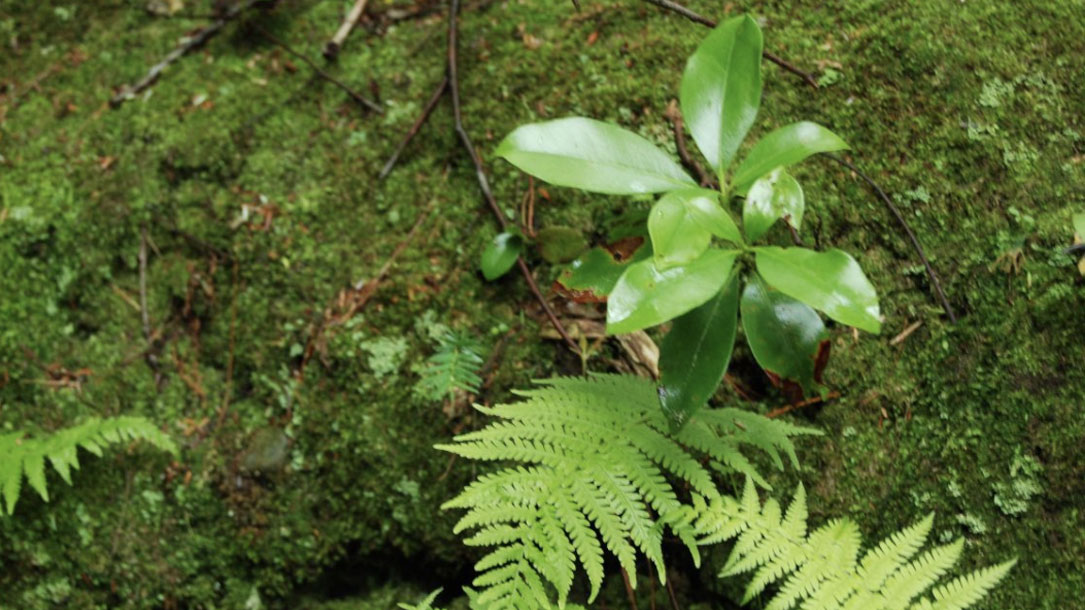
Mississippi Valley Conservancy planting trees to help combat climate change
Carol Abrahamzon, Executive Director of the Mississippi Valley Conservancy, met with the local TV station to talk briefly about a restoration project they are working on.
“Abrahamzon says these trees are essential to providing a healthy habitat to the Coulee Region. The trees to be planted at the Conservancy’s Trempealeau Lakes nature preserve include swamp white oak, silver maple, and river birch.
Abrahamzon says that the selected tree species are native to the Driftless Area and will adapt well to this site and require little care after they become established. All of these benefits strengthen the land’s resilience to a changing climate…”
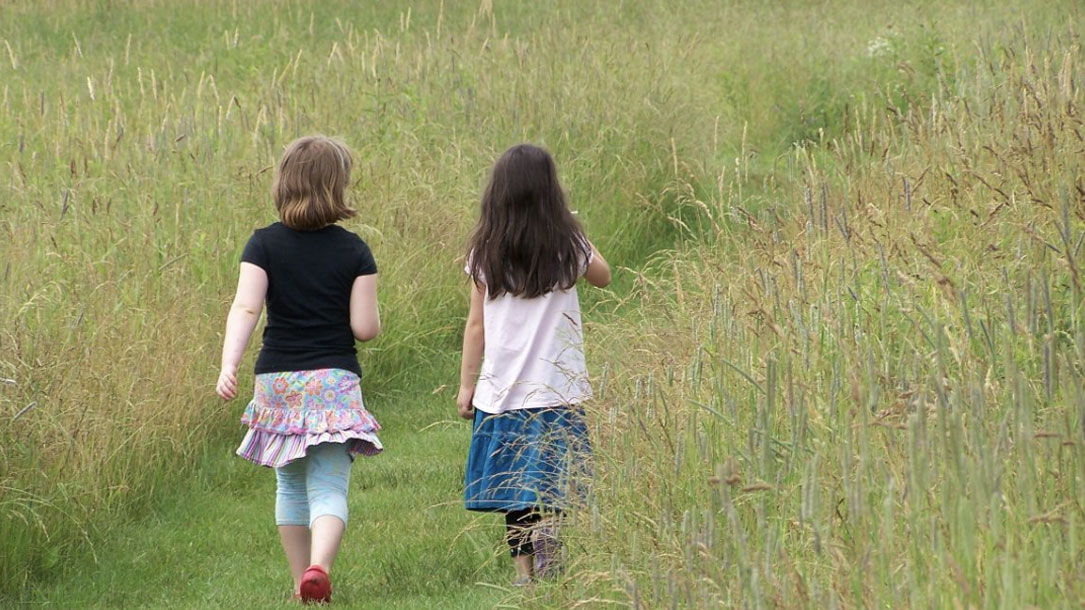
Climate change is here. Nature-based solutions can help.
Openlands works across the Chicago metropolitan region to advance nature-based solutions to climate change, improve the health and well-being of communities, and create a more verdant region for all.
Learn more about [their] work and how you can get involved to help make a more sustainable, equitable region with Openlands…
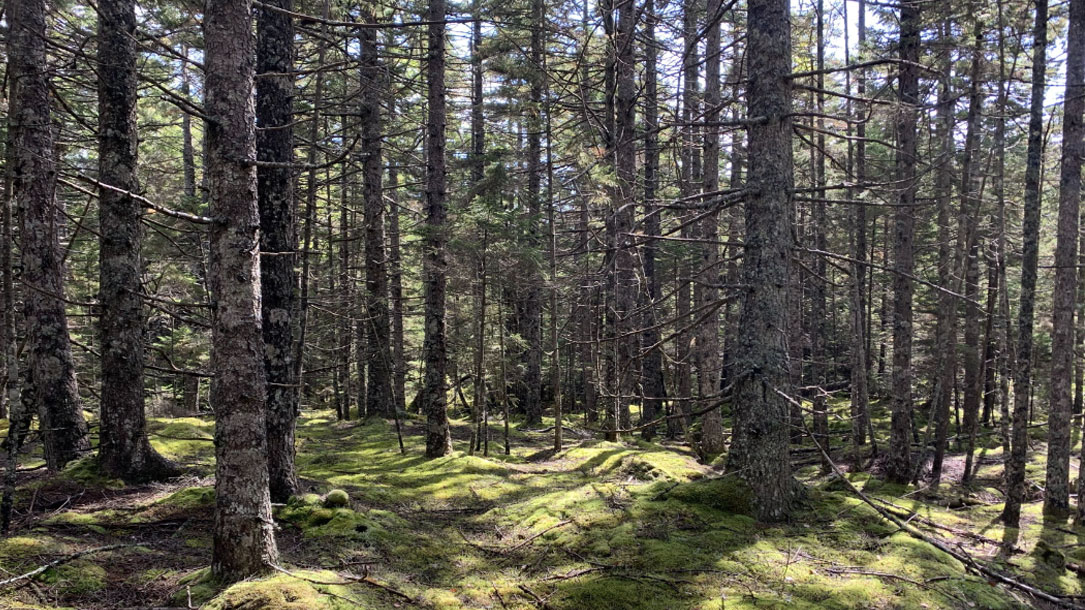
Exploring carbon sequestration
“[They] are following the model from other land trusts. There is a cost for land trusts to manage forests for increased carbon sequestration. [They] aren’t a commercial forestry operation and need revenue in order to manage forests.
Carbon offsets and the carbon market can provide resources for land trusts to restore large commercial forest landscapes, and support the ongoing cost of stewardship and restoration that a land trust is responsible for.
Whatcom Land Trust would only take on a carbon sequestration project that supports our mission, improves the forest ecosystem, and sequesters more carbon than it would otherwise…”
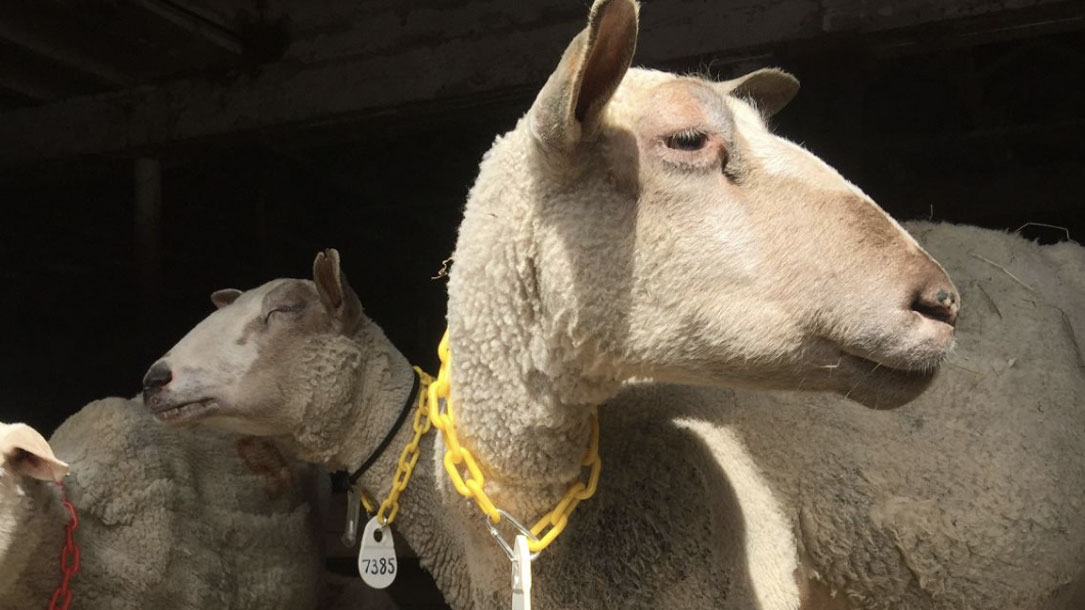
Douglas County sheep farm working to restore soil and build community, agrivoltaics
“Co-locating farming and clean energy production on agricultural land creates rural economic resiliency, provides land access for new and underserved farmers, and builds vital agricultural infrastructure. Unlocking these bottlenecks will create food security that allows small farmers to compete in a global extractive market while focusing on restorative farming practices that heal the land”…

Largest urban forest carbon credit purchase to support conserving land
The largest urban forest carbon credit sale in the nation, as of 2021, will support land conservation in the southwestern Pennsylvania region by Allegheny Land Trust.
This significant purchase increases the capacity of the land trust to conserve and care for more crucial green space in southwestern Pennsylvania…

Climate change threatens the Great Plains, but bison may hold a key to resilience
“The 8,600-acre Konza Prairie Biological Station where Kansas State conducts its bison research lies in the Flint Hills, North America’s biggest remaining stretch of tallgrass prairie.
Once one of North America’s major ecosystems — covering large swaths of the Great Plains from what is today central Texas to south-central Canada — settlers and their descendants destroyed more than 95% of the continent’s tallgrass prairie for cropland and other development. Tallgrass in the Flint Hills escaped the plow only because the region’s shallow soil and rocky layers made farming less practicable there…
Bison act and eat differently than cattle do, though biologists say not all the differences are clear yet. Few studies compare these two bovine herbivores side by side.
Still, a few differences jump out. The bigger species not only eats more grass, it also spends less time along streams than cattle do and more time on hilltops…”
Cattle may not boost plant biodiversity on the prairie as much as bison do, but The Nature Conservancy thinks it’s possible to manage them in ways that support healthier grassland.
They are working with a Flint Hills cattle rancher near Strong City in Kansas, along with Kansas State scientists, to see how fitting a herd with GPS collars might help….
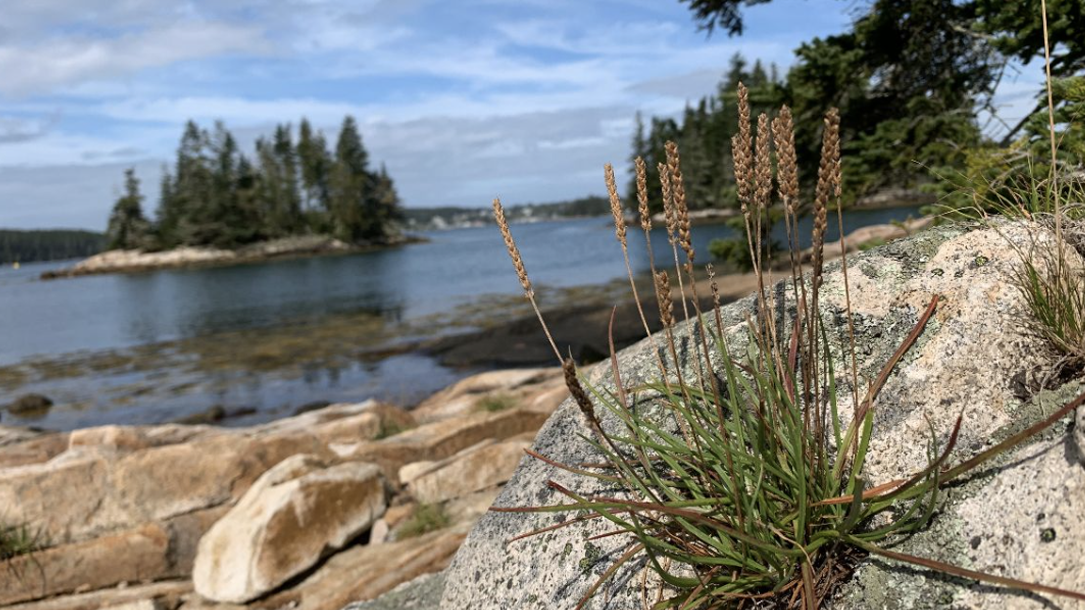
Nature-based solutions funding database
National Wildlife Federation has created an interactive database for communities interested in pursuing federal funding and/or technical assistance for nature-based solutions. You can use their filters to search for nature-based solutions funding and technical assistance resources that fit your needs. For additional information on search filters, see their Glossary page.












